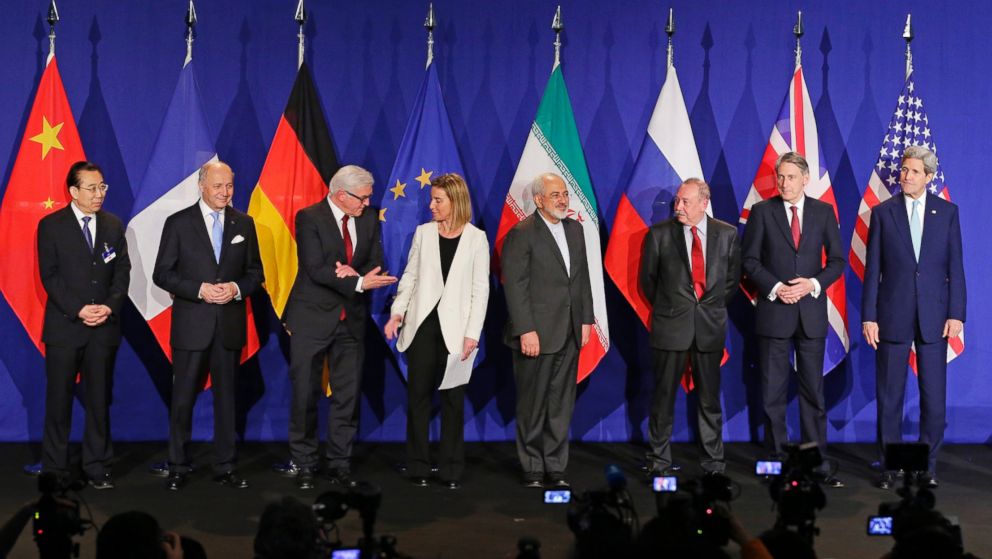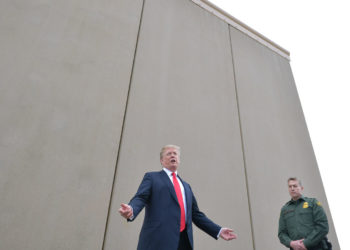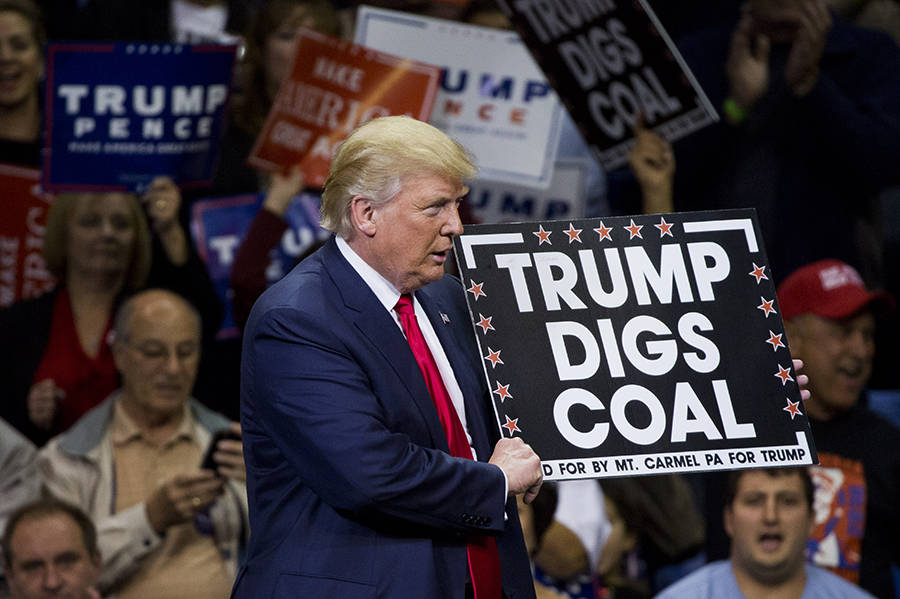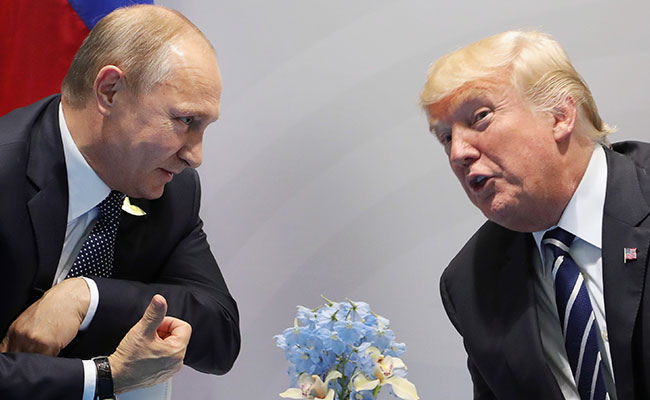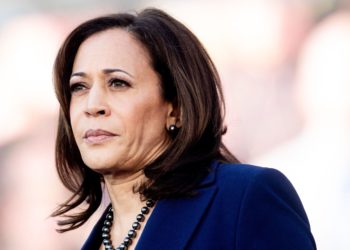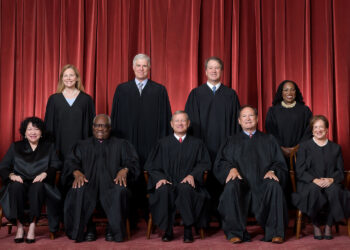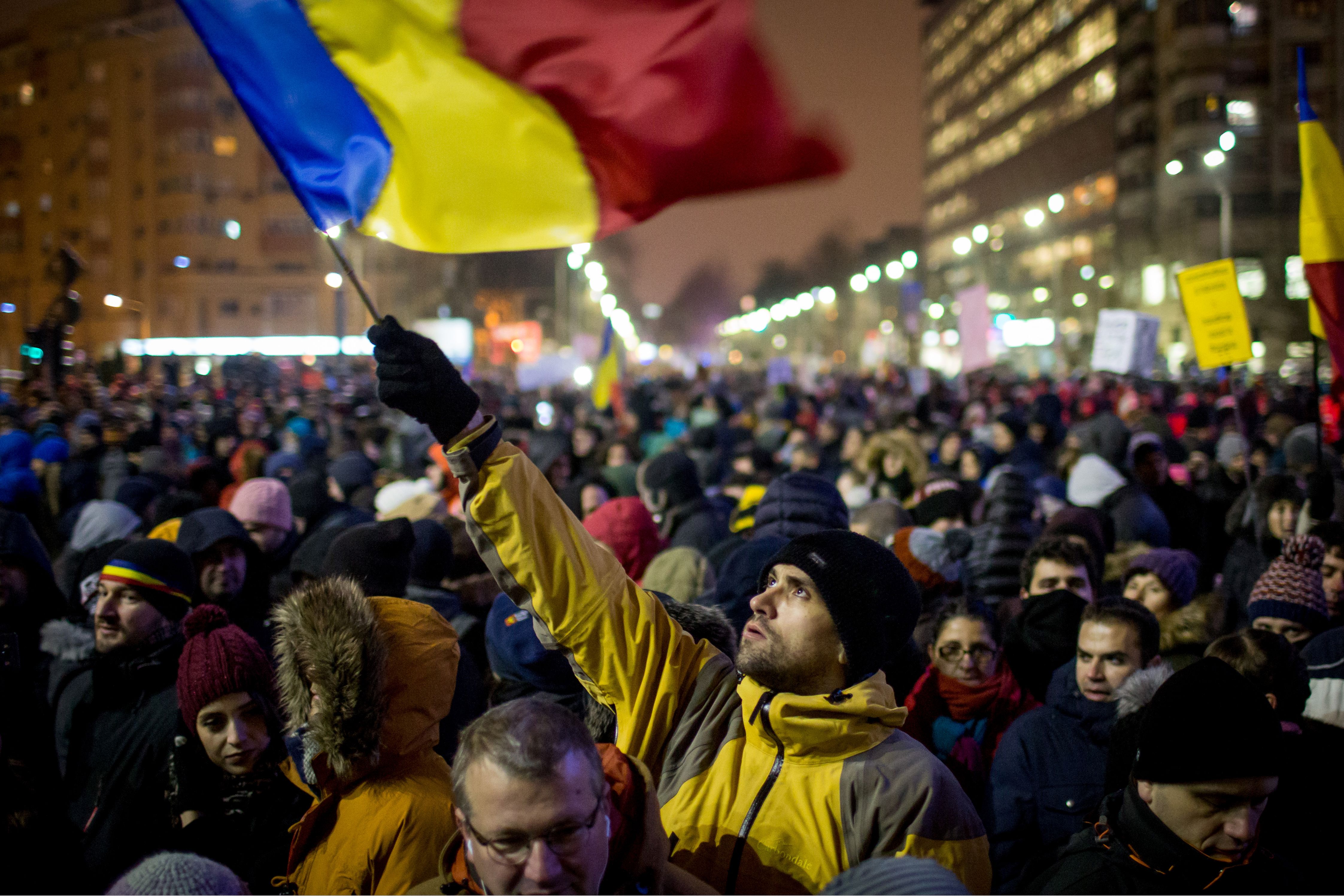Following the U.S. assassination of top Iranian general Qasem Soleimani, Iran announced it would no longer adhere to certain limitations on nuclear enrichment set by the Joint Comprehensive Plan of Action, otherwise known as the Iran Nuclear Deal.
To contextualize this series of events, it’s important to understand the purpose of the JCPOA – to prevent Iran from obtaining nuclear weapons – and why nuclear proliferation is such a pressing concern of countries that agreed to the JCPOA with Iran in 2015.
Nuclear Proliferation
Nuclear proliferation is the idea that left unchecked, an increasing number of countries around the globe will develop nuclear weaponry. Only eight countries – Russia, the U.S, France, the U.K, China, Pakistan, India, and North Korea- openly possess nuclear weapons, though Israel is widely believed to possess them covertly.
To date, the U.S. is the only country in history to deploy nuclear weapons against an enemy, as it did against Japan at the end of World War II.
“The fear of nuclear proliferation actually goes back to the 1960s,” Kanishkan Sathasivam, a political science professor at Salem State University told The Globe Post. “It was John F. Kennedy who famously predicted that sometime in the 1970s we could have as many as 30 nuclear-weapons-possessing-states out there in the world and he was extremely afraid that was the direction we were going in.”
By 1965, five countries were in possession of nuclear weapons, and fears of nuclear proliferation eventually prompted the Nuclear Non-Proliferation Treaty (NPT) of 1968, an agreement between several nuclear powers such as the U.S. and the Soviet Union and non-nuclear powers including Afghanistan and Austria. 191 states, including Iran, have signed the treaty – more than any arms limitation and disarmament agreement in history.
“The more countries in the world that have a nuclear weapon … you’re just increasing the odds of somebody on the other side of the world popping off a nuke,” Sathasivam said. “That’s where the fear comes from and that’s where the rationale comes from for trying to prevent the spread of nuclear weapons.”
The NPT’s nuclear signatories agreed not to share nuclear weapons with other states, and non-nuclear signatories agreed not to develop or acquire them. Finally, parties agreed to cooperate in development of peaceful nuclear technology and adhere to the International Atomic Energy Agency (IAEA) safeguards against proliferation. Fears over nuclear proliferation continue to influence major policy decisions to this day; the JCPOA being a particularly significant recent example.
The JCPOA
In July of 2015, the five permanent members of the United Nations Security Council – The U.S., U.K., France, China, and Russia – plus Germany (P5+1) signed onto the JCPOA with Iran. The deal puts limits on Iran’s ability to enrich Uranium or produce of Plutonium and opens up Iran to extensive inspections from the IAEA.
The JCPOA limits the level to which Iran could enrich Uranium to 3.67 percent – far below the level of 90 percent needed to be weapons-grade. The deal also limits the number of centrifuges with which Iran can enrich uranium. Iran had around 20,000 centrifuges in operation before the JCPOA, which caps the number of centrifuges Iran can use at 5,060.
As for Plutonium, the JCPOA restricts Iran from using it’s Arak based “heavy water” reactor (the kind necessary to produce plutonium) and requires Iran to redesign the facility so it no longer produces fissile materials.
In exchange for these concessions from Iran, the P5+1 agreed to lift a number of sanctions, freeing up more than $100 billion in frozen Iranian international assets. Without those sanctions, Iran can sell oil on the international market and more easily conduct business with international firms which previously faced U.S. sanctions for dealing with Iran.
Leaving the Deal
“[The JCPOA] produced a fairly stable situation where Iran was more than a year away from a nuclear weapons. But as we know, Trump felt this was inadequate for a variety of reasons,” Robert Jervis, an international politics professor at Columbia University told The Globe Post.
In May of 2018, Trump threw the agreement into uncertainty when he pulled the U.S. out of the JCPOA and began reimposing harsh sanctions against Iran. At the time, Trump called the JCPOA a “horrible, one sided deal.”
Since then, tensions between the U.S. and Iran have steadily escalated, culminating with Soleimani’s assassination in a U.S. drone strike on an Iraqi airport.
In an effort to pressure Europe for greater relief from U.S. sanctions, Iran has incrementally reneged on some of its commitments laid out in the agreement.
Before then, experts agree Iran was in full compliance with the terms of the deal, even after Trump withdrew the U.S. from it and reimposed crippling sanctions on the country.
But in the wake of Soleimani’s death, Iran announced it would no longer adhere to any of the limitations on the number of centrifuges agreed to under the JCPOA, though there is no indication leaders have any intention of moving toward a weapon.
Foreign Minister Javad Zarif said Iran would continue to cooperate with the IAEA and is open to recommitting to the JCPOA’s limitations should the U.S. lift sanctions.
As 5th & final REMEDIAL step under paragraph 36 of JCPOA, there will no longer be any restriction on number of centrifuges
This step is within JCPOA & all 5 steps are reversible upon EFFECTIVE implementation of reciprocal obligations
Iran's full cooperation w/IAEA will continue
— Javad Zarif (@JZarif) January 5, 2020
‘Breakout Timeline’
With Iran announcing it will no longer adhere to the terms of the JCPOA, Germany, France, and Britain triggered its dispute mechanism on January 14, though they emphasized they still want the JCPOA to succeed in a joint statement. The move could end with more P5+1 member states and the United Nations reimposing sanctions against Iran, effectively killing the deal.
Despite Iran’s decision to halt its commitments to the JCPOA, experts say the country is still a ways off from possessing nuclear weapons, should they even decide to pursue them.
According to Jervis, Iran’s “breakout timeline” or the amount of time it would take them to develop nukes is more than a year. Further, a new report from the Israeli Defense Force indicates Iran could be as far as two years away from developing nuclear capabilities.
Jervis explained there are three elements necessary to developing a nuclear weapon, including the knowledge and ability to build a warhead, the technology to enrich uranium, and finally, enough enriched uranium. According to Jervis, Iran is both capable of building a warhead, and enriching uranium, so a higher quantity of enriched uranium is the final piece of the puzzle Iran would need for a nuclear weapon.
“It would take them over a year to produce enough highly enriched uranium to make a bomb,” Jervis said. “The implication of [Iran’s decision] is we’re going to get a lot closer to that, whether it’s six months or two months, they haven’t said it. We don’t know.”
More on the Subject
EU States Launch Process Disputing Iran’s Nuclear Compliance


